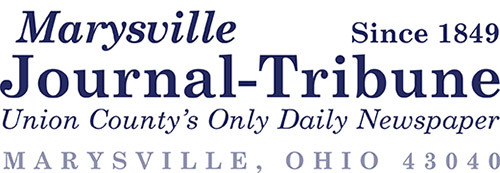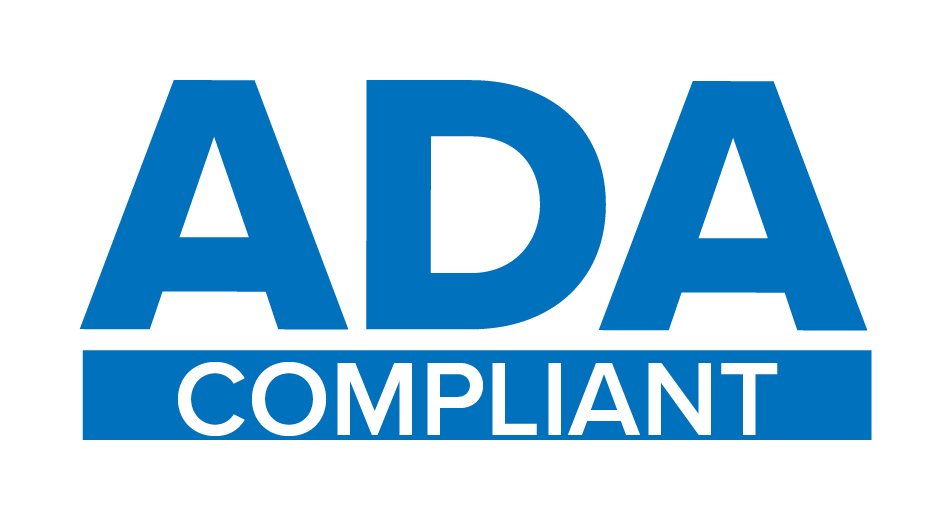News
June 25, 2018
TIF taxes take off
Revenue has increase by millions in the last few years; city and schools benefit
––––
The City of Marysville and the Marysville Exempted Village School District have each seen an increase in revenue coming from areas covered by tax increment financing (TIF) agreements.
According to Union County...




